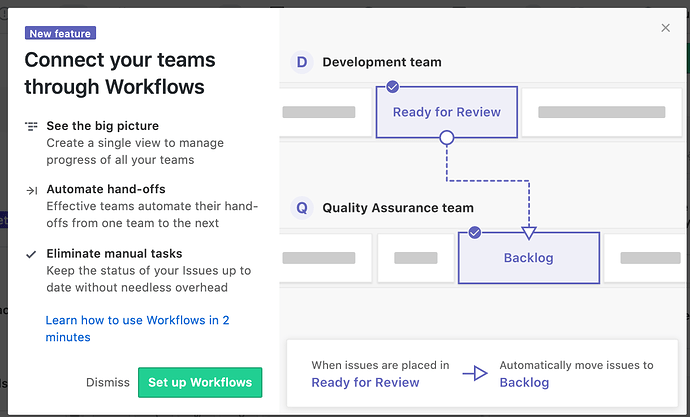Hey folks,
I’ve had a couple of conversations about this with some individuals but want to put this out there to the wider network of folks who work on, and are interested in how the product evolves and is improved.
These suggestions (more to come!) is mostly gained from my time as a designer in other OSS orgs and learning as a ‘custodian’ of Open Source Design.net
I’d like to propose adding in a ‘design pipe’ into GitHub and for more design work to be captured in GitHub.
By having design issues in GitHub it signals to designers that want to contribute what’s been done in the past, what needs to be done and what kinds of issues they could raise themselves as design issues (under the same criteria as bugs -> design bugs, features, spikes and/or paper cuts etc.) This allows another way of onboarding open-source designers that aren’t as ‘hands-on’ as the current process of a 1-2-1 conversation and ‘closed’ work board document invites etc.
It means that designers can pick up smaller design tasks than large, inception based discovery and perhaps things like: ‘Design an icon/illustration for different kinds of produce for producers to use when they don’t have a photo’ (just an example!)
It also allows for better transparency for the product and dev teams too, to see how design tasks are estimated, do discussion in GitHub comments, opens up how we do the design process at more stages, and allows for design work to move into the dev pipe.
So concrete actions:
-
3 new columns in our pipe: Design Ready, In Design and Design Sweep (or Design QA)
-
‘Design Ready’ means that this has gone through a feature template or story template and is being ‘incepted’ either here on discourse or through discussion.
-
‘In Design’ means there’s actively some design work being done, whether it’s research, UX, UI or user testing.
-
‘Design QA’ means that it’s gone through the dev and testing pipe and ‘Design QA’ is part of the testing process where we also observe whether the PR meets user/design criteria.
-
-
Design labels beyond ‘Design’
-
Updates to the .readme .contributing (on GitHub and on Git book)
Possible actions but may over complicate things:
-
A design template in ‘New issues’
-
A design contributor guide in Figma e.g. this project I also help with.
A note about having design in ‘projects’ vs ‘design pipe columns’. Projects are good for exactly that, projects. Design generally isn’t a single project, it’s part of the way products get delivered and this is why I would like to include some design process in the pipe. The closer that design is to the dev pipe the more consideration everyone across the team gives to user centred design. Could it be a bottleneck? yes it could like most pipe processes but if we can see it then we can ease the bottleneck. We currently can’t see it.








